
Mindy Weisberger
Mindy Weisberger is a science journalist and author of the book "Rise of the Zombie Bugs: The Surprising Science of Parasitic Mind-Control," published by Hopkins Press. She formerly edited for Scholastic and reported for Live Science as a channel editor and senior writer. She has reported on general science, covering climate change, paleontology, biology and space. Mindy studied film at Columbia University; prior to Live Science she produced, wrote and directed media for the American Museum of Natural History in New York City. Her videos about dinosaurs, astrophysics, biodiversity and evolution appear in museums and science centers worldwide, earning awards such as the CINE Golden Eagle and the Communicator Award of Excellence. Her writing has also appeared in Scientific American, The Washington Post, How It Works Magazine and CNN.
Latest articles by Mindy Weisberger

Pablo Escobar's 'cocaine hippos' are being sterilized because the population is out of control
By Mindy Weisberger published
Contraception may be the only key to controlling a population boom in feral hippos living in Colombian rivers near Pablo Escobar's former estate.

Siege of top-secret Area 51 began as a joke. Officials prepared to use deadly force in response.
By Mindy Weisberger published
UFO enthusiasts who rallied in 2019 to invade Area 51 may have been joking about "storming" the base. But law enforcement officials took the idea very, very seriously.

Rich medieval hipster was buried with his fancy beard comb
By Mindy Weisberger published
Two graves that were recently excavated in an ancient impact crater in Bavaria, Germany, held high-quality goods that were unusual for burials in the Middle Ages.

Meteorite crash-lands in woman's bed in Canada
By Mindy Weisberger published
A meteorite that landed in British Columbia crashed through a roof and narrowly missed hitting a woman who was asleep in her bed at the time.
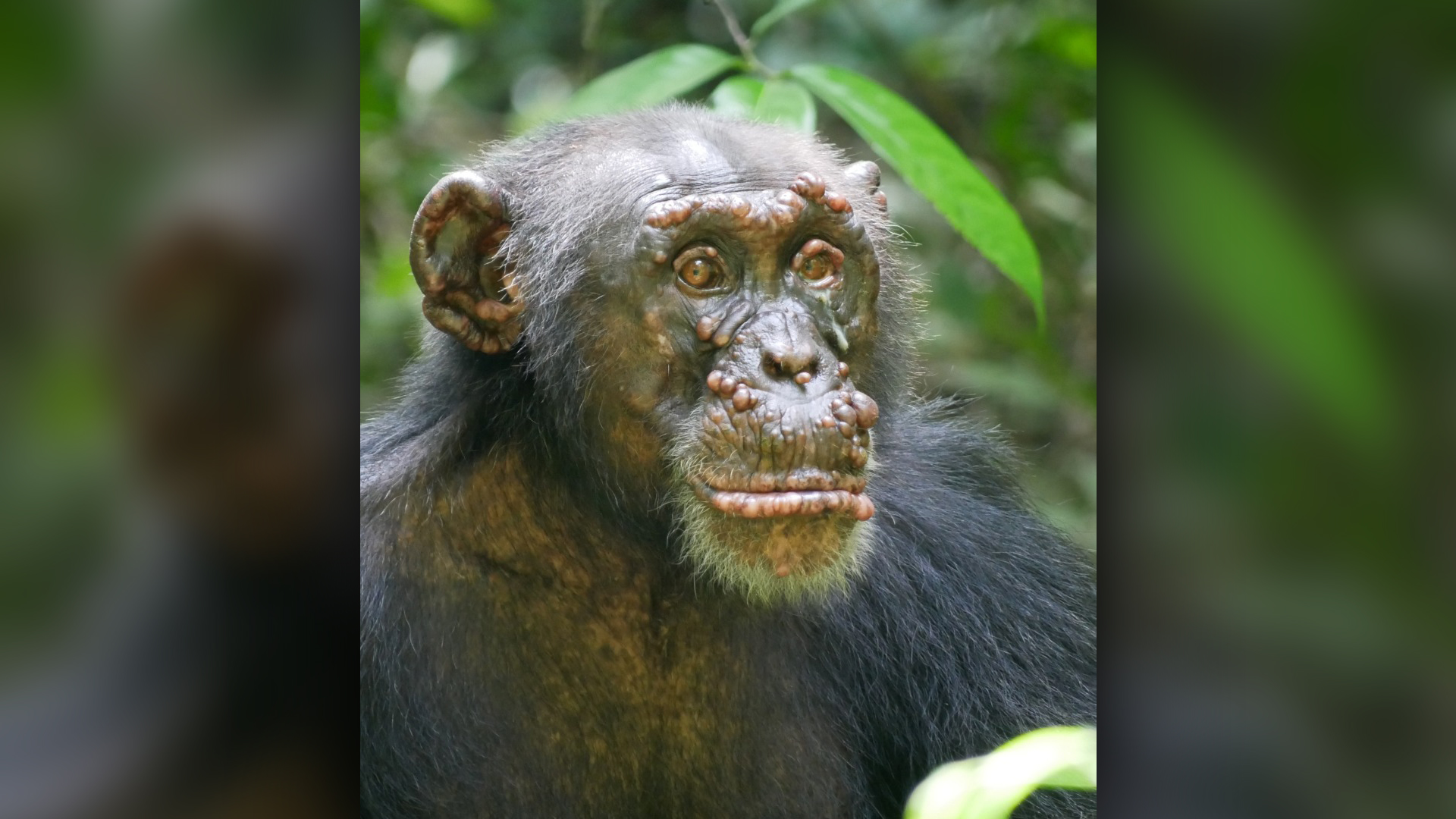
Leprosy identified in wild chimpanzees for the first time
By Mindy Weisberger published
Leprosy, a disease that was previously unknown in non-human primates in the wild, has been detected in two unconnected populations of chimpanzees in West Africa.
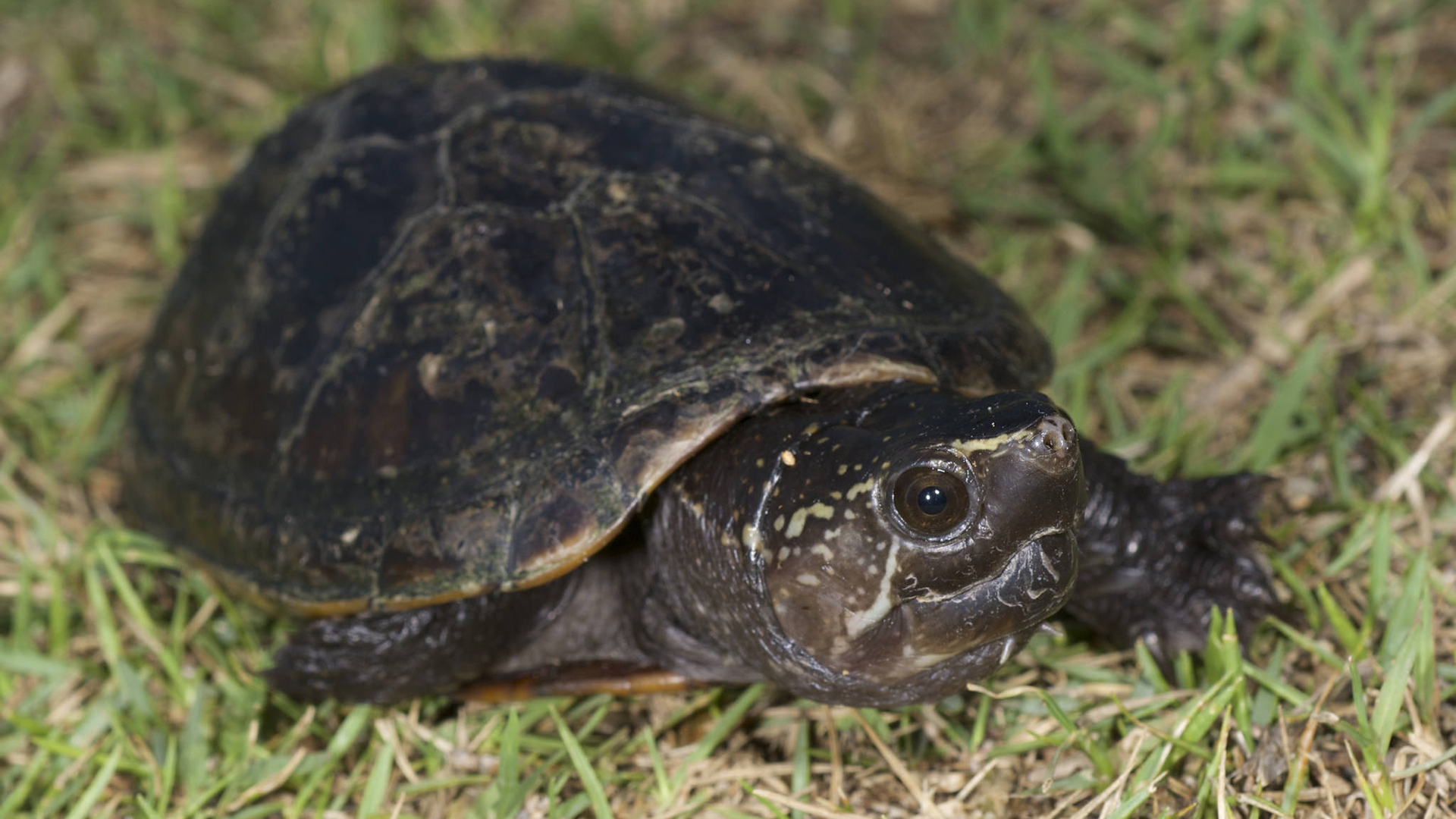
Infamous 'Lizard King' of Florida nabbed in turtle heist
By Mindy Weisberger published
Federal prosecutors charged a man with illegally harvesting wild turtles to sell commercially, which is illegal in Florida.

Michigan boy finds 'dragon's tooth' that belonged to a mastodon
By Mindy Weisberger published
A boy stumbled upon a mastodon molar while on a nature walk in Michigan.
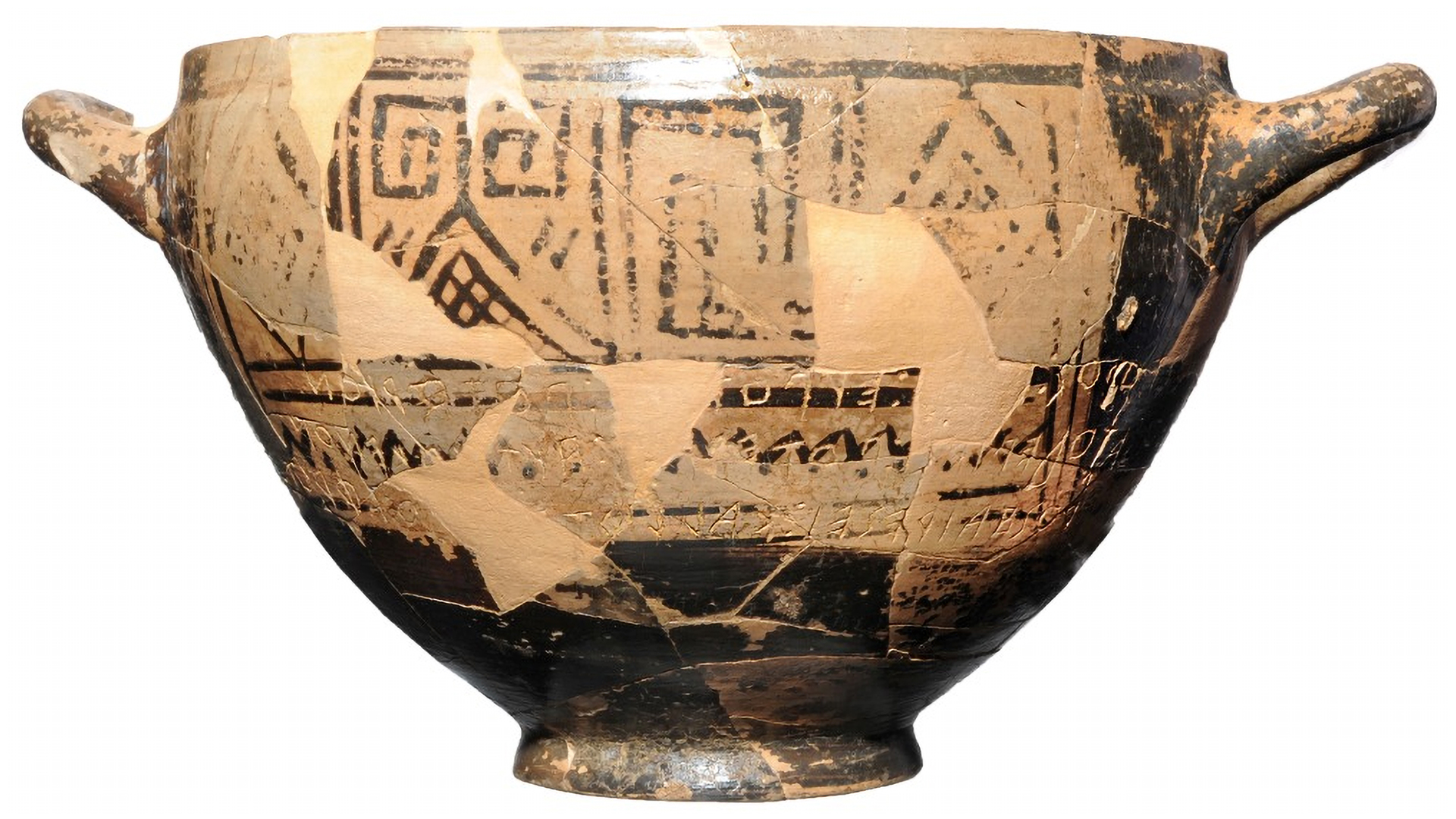
Burial that included a racy love goddess inscription held multiple people
By Mindy Weisberger published
New analysis of bones in the Tomb of Nestor's Cup revealed a surprising discovery: Long thought to be the burial of a child, the tomb instead held the remains of at least three adults.

William Shatner 'AI' will chat with you about the 'Star Trek' actor's life
By Mindy Weisberger published
Conversational video technology enables AI-powered back-and-forth between viewers and prerecorded responses.
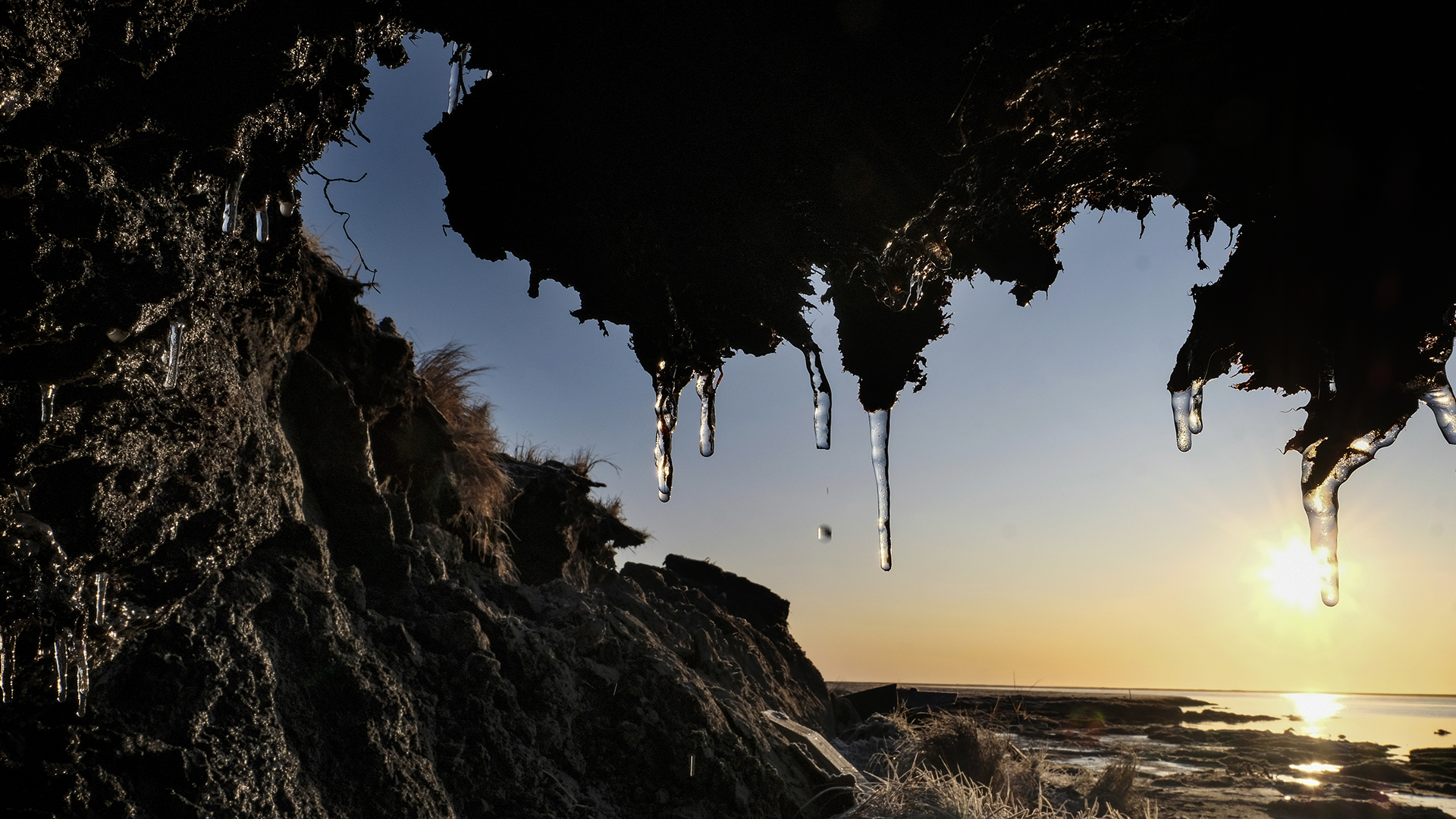
Melting permafrost in the Arctic could release radioactive waste and awaken sleeping viruses
By Mindy Weisberger published
Thawing permafrost driven by climate change could free decades-old radioactive material, antibiotic-resistant microbes and unknown viruses that have been frozen for millennia.
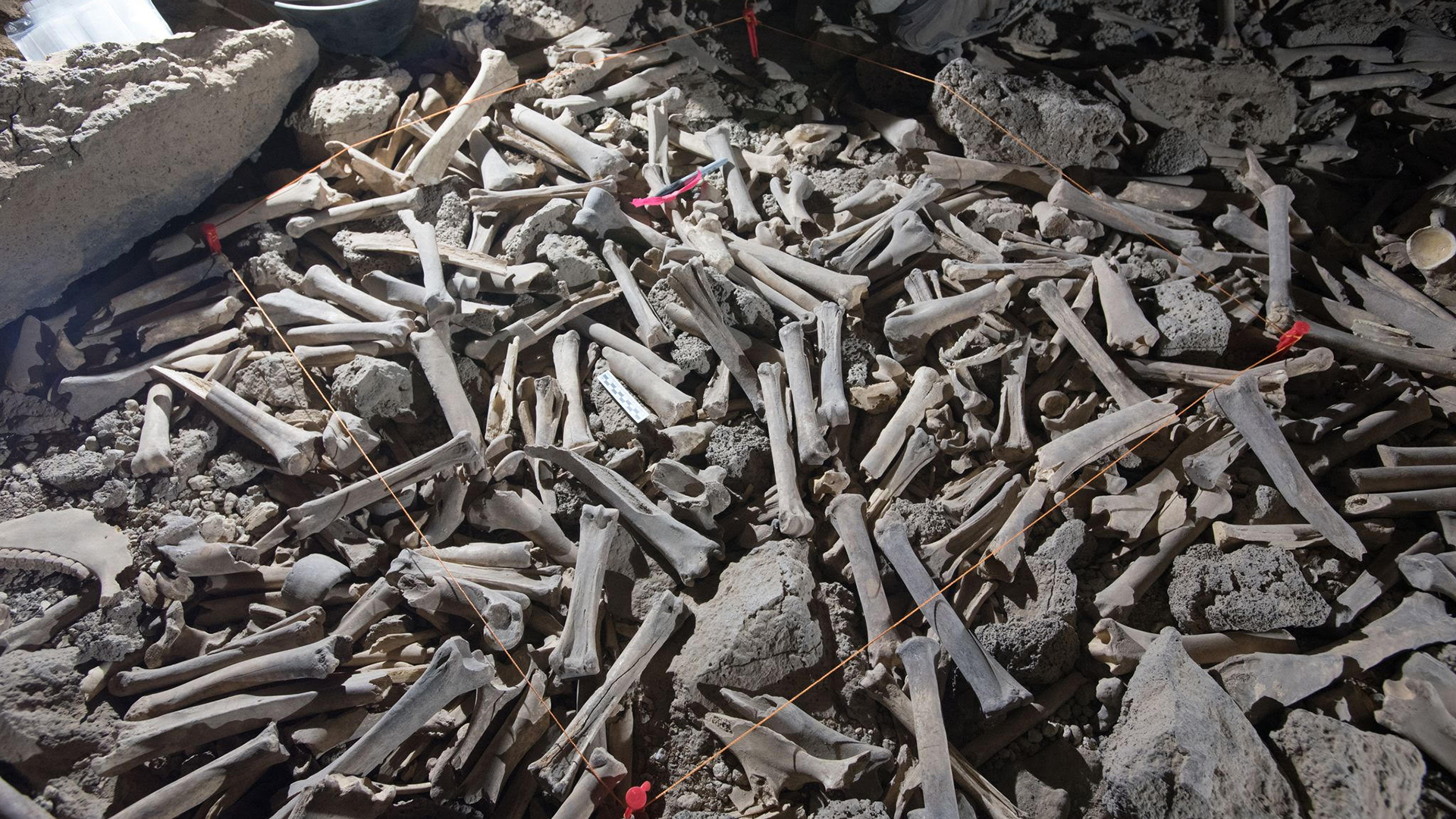
Human skull fragments found in massive boneyard in hyenas' lava tube cave
By Mindy Weisberger published
In the Umm Jirsan lava tube, the longest such structure in Saudi Arabia, scientists discovered piles bones belonging to animals that hyenas devoured there for thousands of years.

'Mad Max'-like dust storm envelops Brazilian city in cloud of doom
By Mindy Weisberger published
Unusually hot and dry conditions fueled a dust cloud and birthed a rare sandstorm of massive proportions.
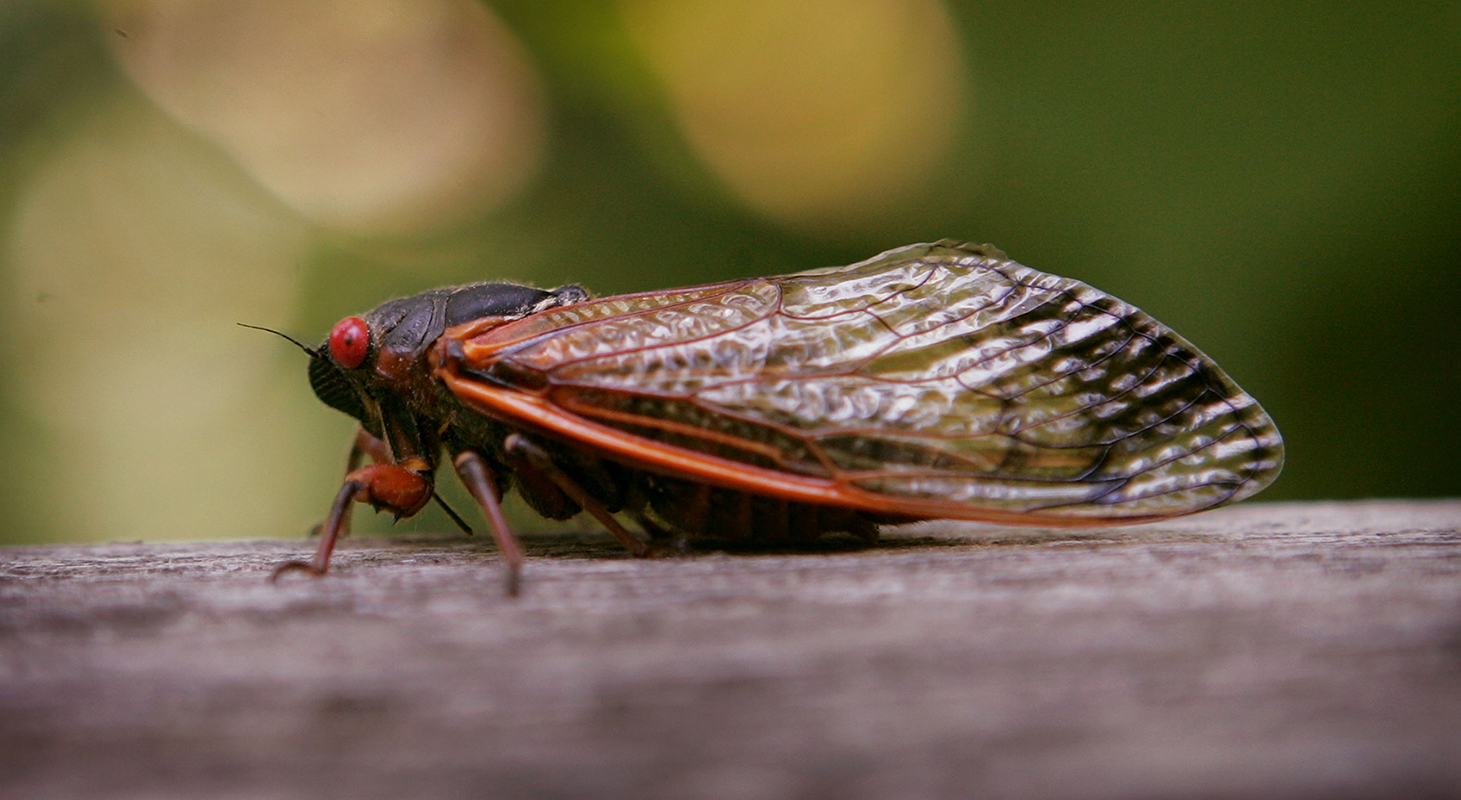
Cicadas: Facts about the loud, seasonal insects
By Mindy Weisberger published
Cicadas are winged insects that are known for their cyclical lifespans and loud choral songs.
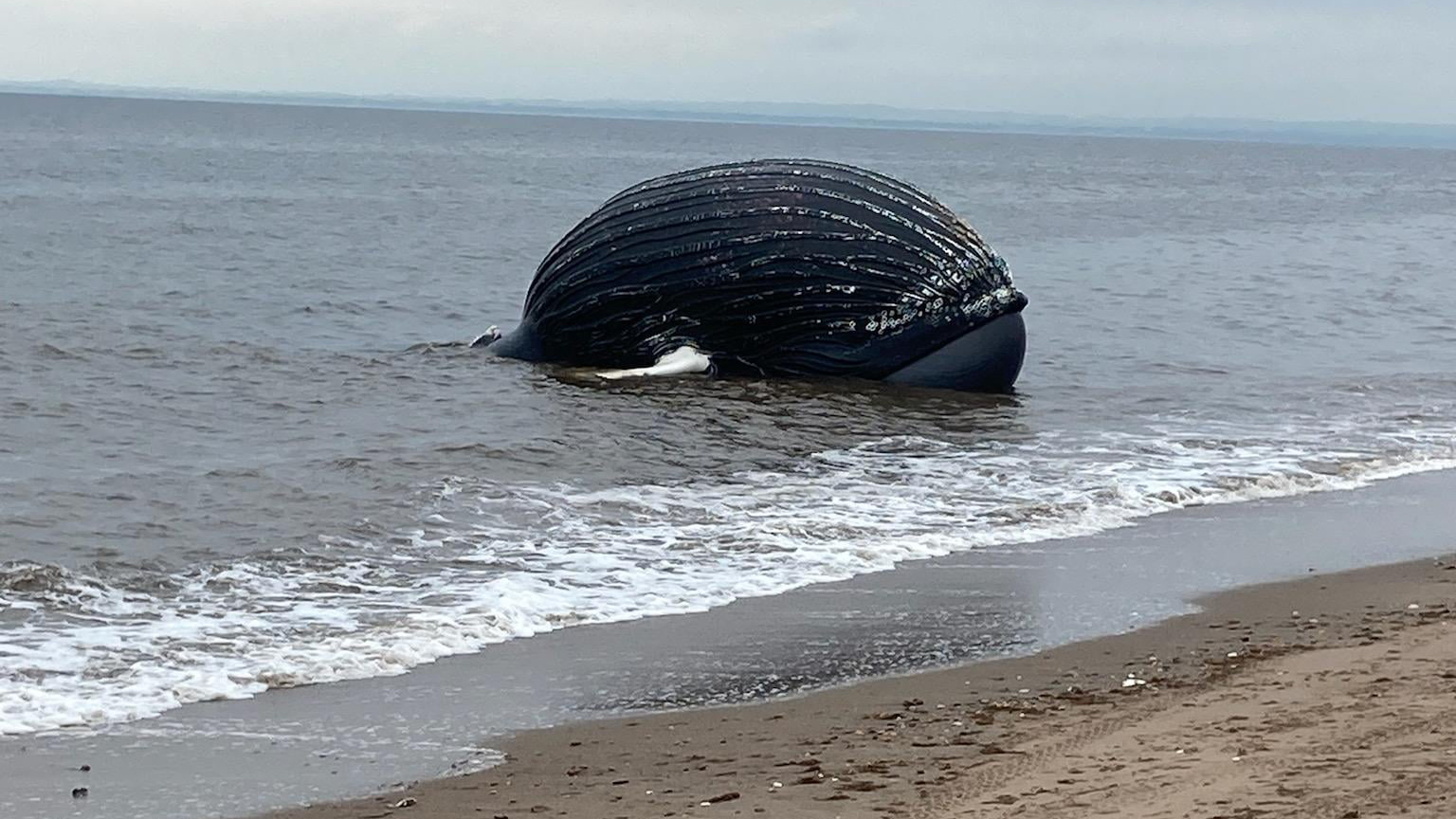
Dead humpback whale that beached in New York had human-caused injuries
By Mindy Weisberger published
A whale that was found belly-up on a New York beach likely died of injuries caused by interactions with people.

3 Egyptian mummy faces revealed in stunning reconstruction
By Mindy Weisberger published
Using genetic data, a forensic artist rebuilt the faces of three ancient Egyptian mummies, revealing each individual's likely appearance as a 25-year-old.
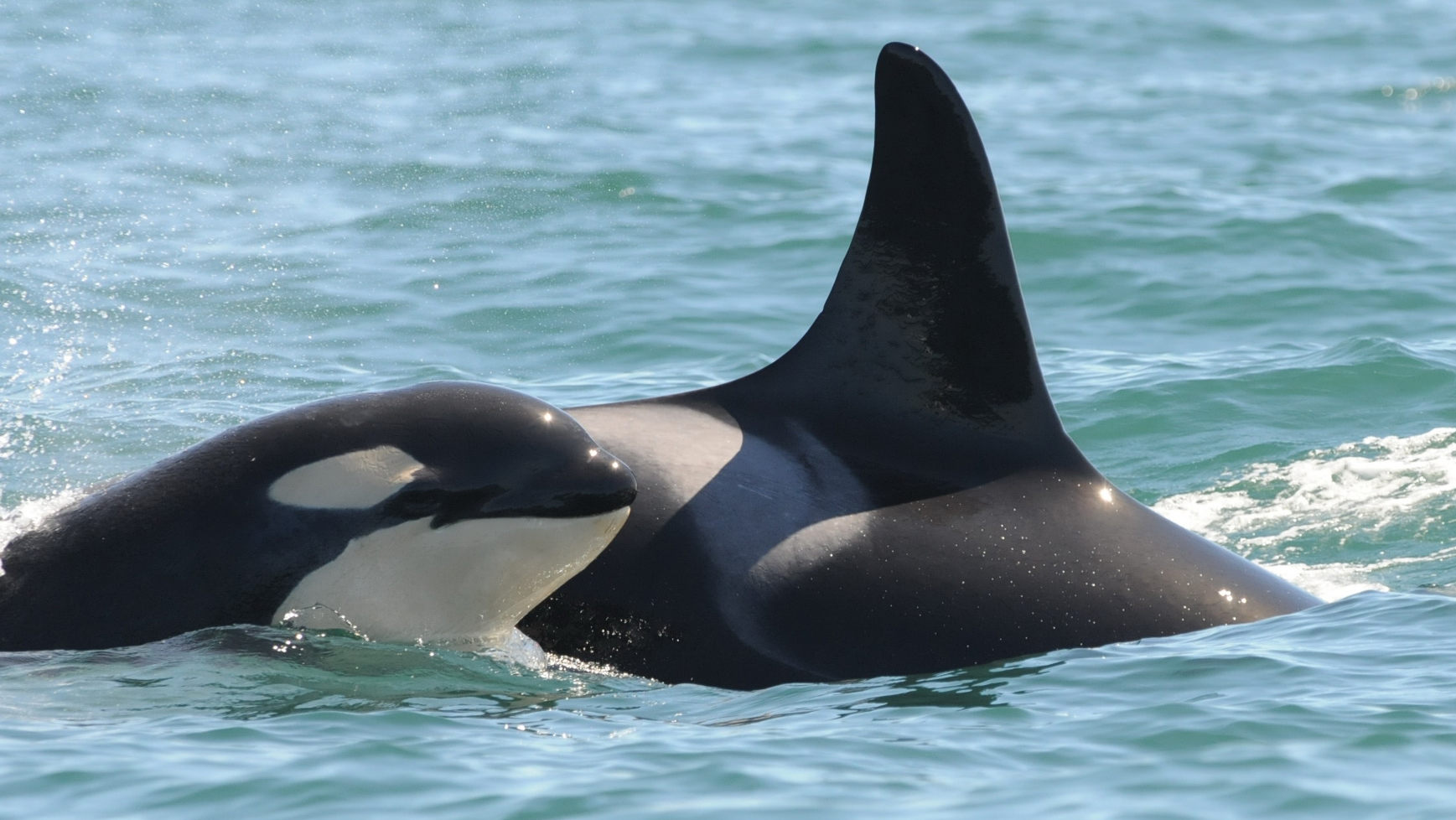
'Grandma' killer whale missing from pod, feared dead
By Mindy Weisberger published
One of the Southern Resident orcas, a 47-year-old female known as L47, hasn't been seen by census takers since February.

Giant pyramid built by the Maya was made from rock spewed by a volcano
By Mindy Weisberger published
Maya people who had fled their cities after a volcano erupted returned and built an enormous pyramid from the volcanic debris.

Underwater views of Antarctic jellies are 'a magic portal to another world'
By Mindy Weisberger published
The short film "Life Beneath the Ice" features delicate, illuminated marine creatures living under the sea ice in Antarctica.
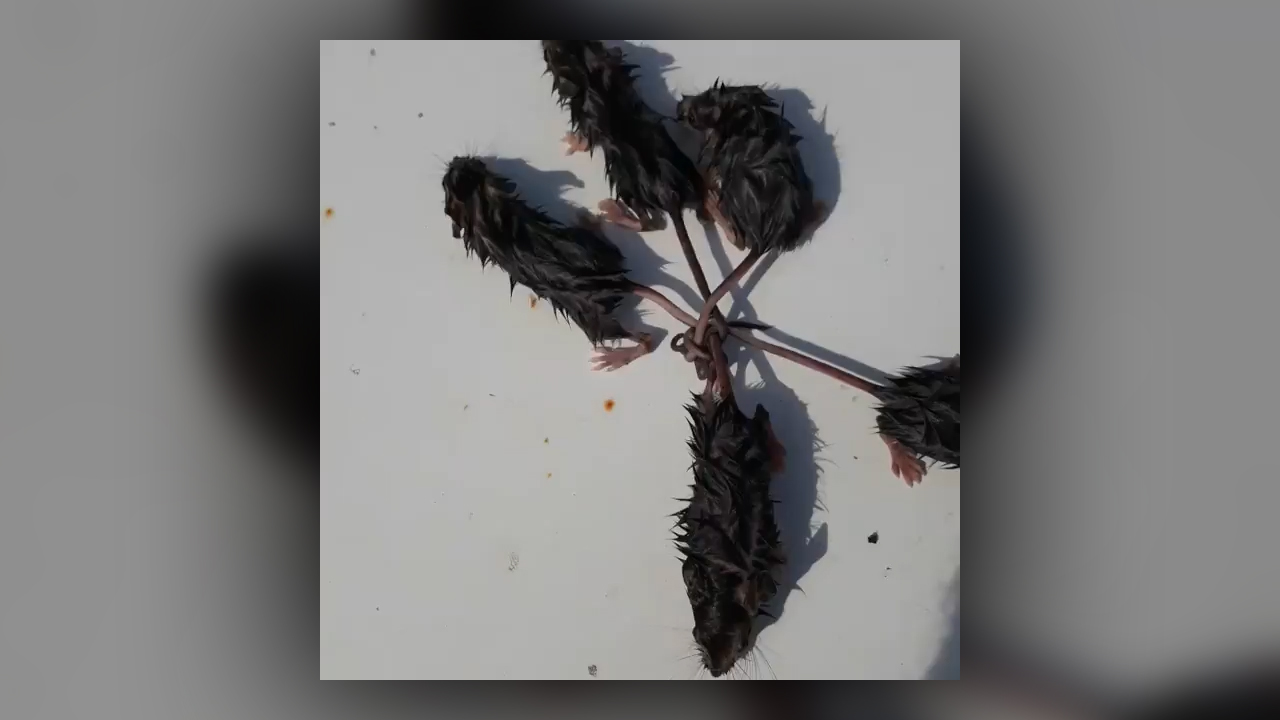
Soggy rodents tangle their tails in one big knot in horrifying 'rat king' video
By Mindy Weisberger published
A farmer in Russia's Stavropol region found the waterlogged "king." Specimens of rat kings are preserved in the collections of some natural history museums.

Baby elephants frolicked in an ancient 'nursery,' fossil footprints show
By Mindy Weisberger published
Over 100,000 years ago, extinct relatives of modern elephants lived in matriarchal groups, according to preserved trackways in southwestern Spain.

Kids discover giant penguin’s fossil skeleton in New Zealand
By Mindy Weisberger published
A newly described extinct giant penguin from New Zealand has unusually long legs and a long, slender beak, and it dates to a time when much of the region was underwater.

Read an excerpt from 'Pump: A Natural History of the Heart'
By Mindy Weisberger published
For millennia, the function and importance of this singular organ has fascinated physicians, philosophers and artists around the world.
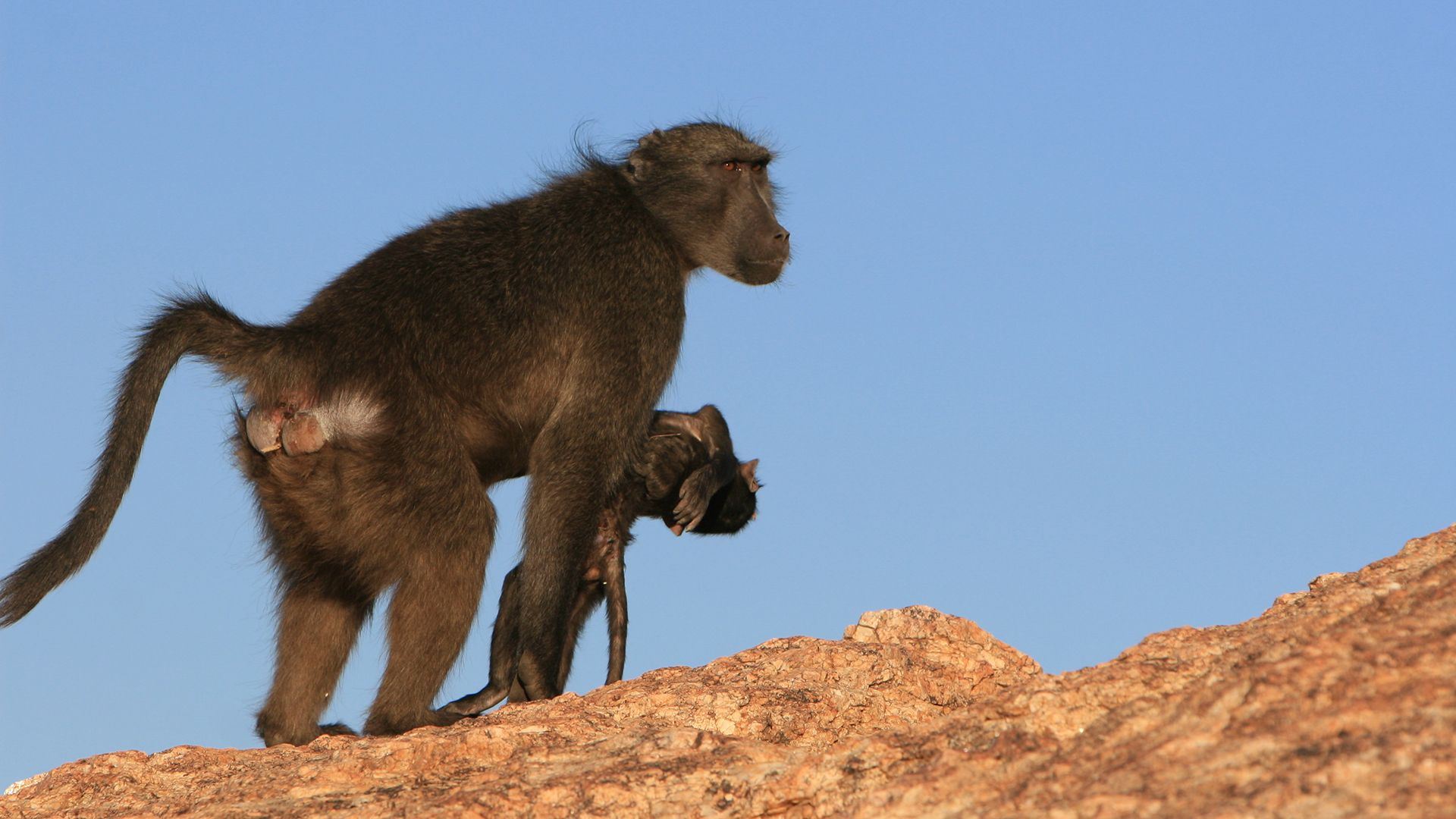
Why do primates carry around dead infants?
By Mindy Weisberger published
In a new analysis, researchers compared hundreds of such cases across primate species.
Get the world’s most fascinating discoveries delivered straight to your inbox.


